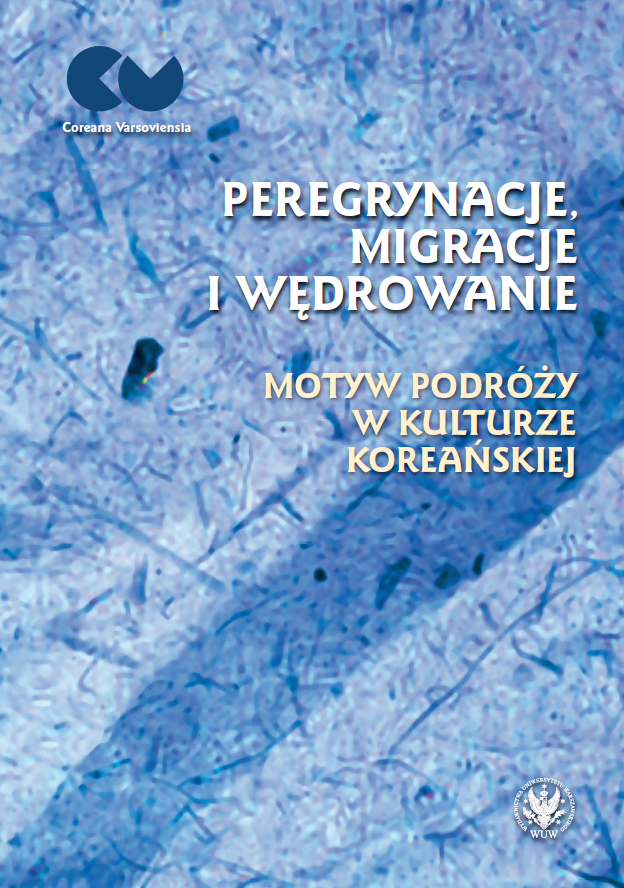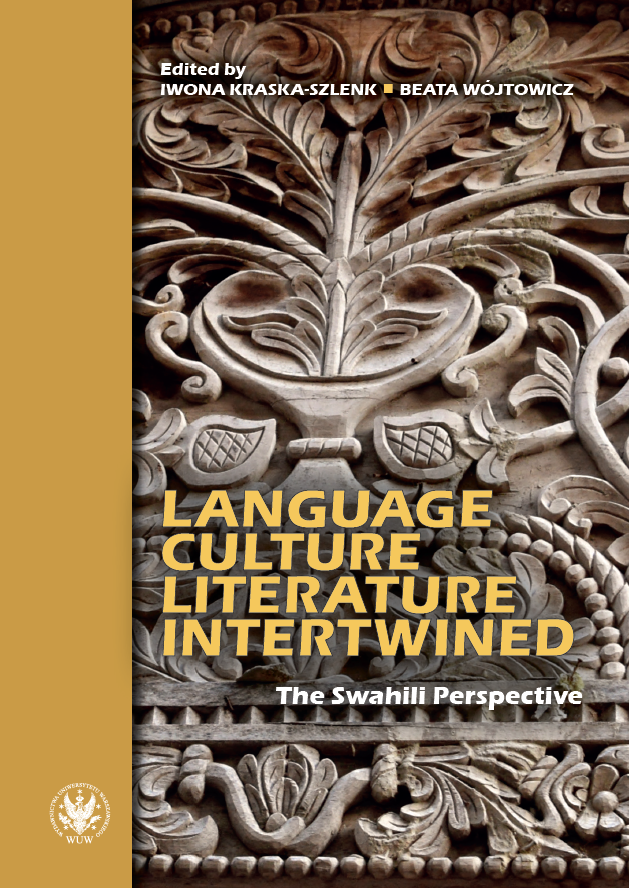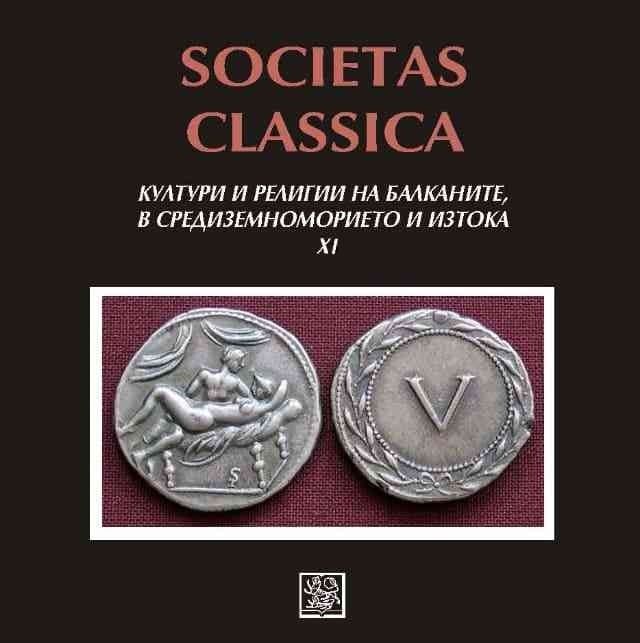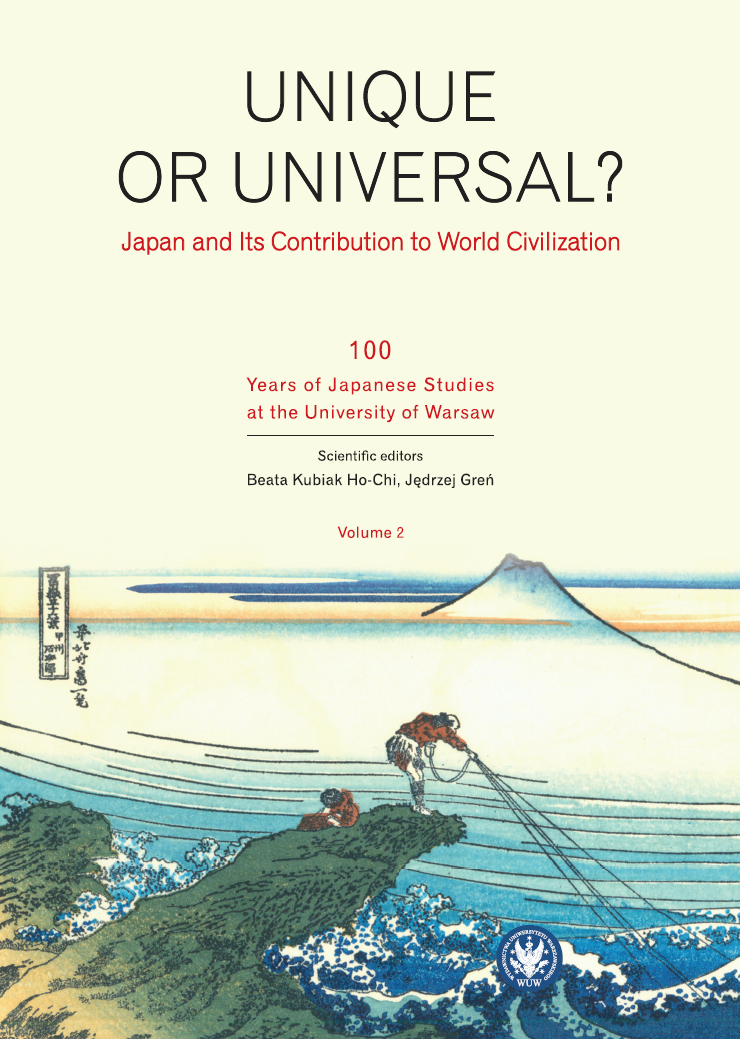
Trasy pielgrzymek i wypraw handlowych dawnej Korei
The purpose of this paper is to present a preliminary deductive-nomological model of the scientific approach towards the topic of the mutual relation of the international trade and peregrination routes of early Koreans up until 10th century. Due to the post-war processes within the Korean academia both of the above systems (religious and commercial) were strongly linked within the historical narration with the power of states and ruling elites. To some extent it was done because of the sample bias within the written records, some of the reasons lie within the sociological and philosophical dimension of Korean scholarship. In recent years a paradigm shift took place that allowed to conduct less state-oriented approach; this process is depicted within three chapters of the paper. Firstly, international trade net is scrutinized. Secondly, a plethora of religious – mostly Buddhist – travel patterns is presented. Lastly, a new perspective on the development of the future research on trade-religion relation with the use on the new set of methods and sources is suggested.
More...


